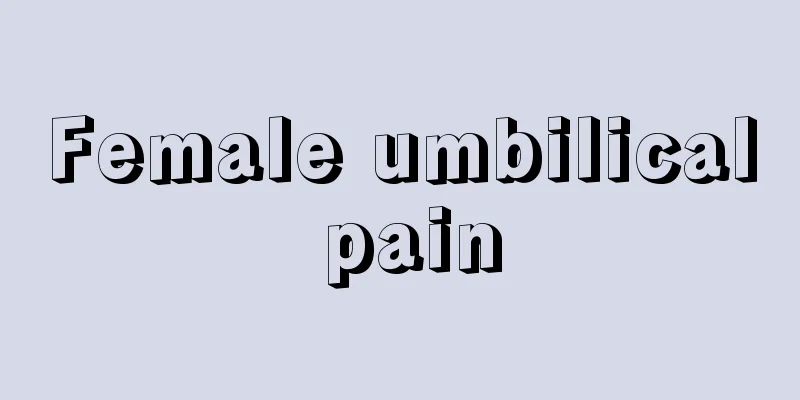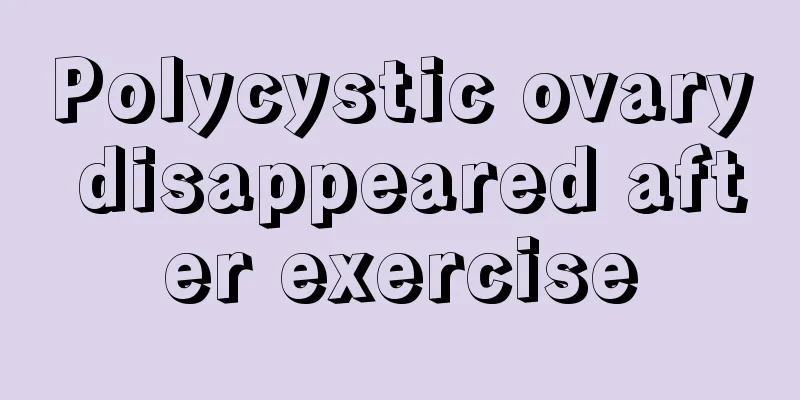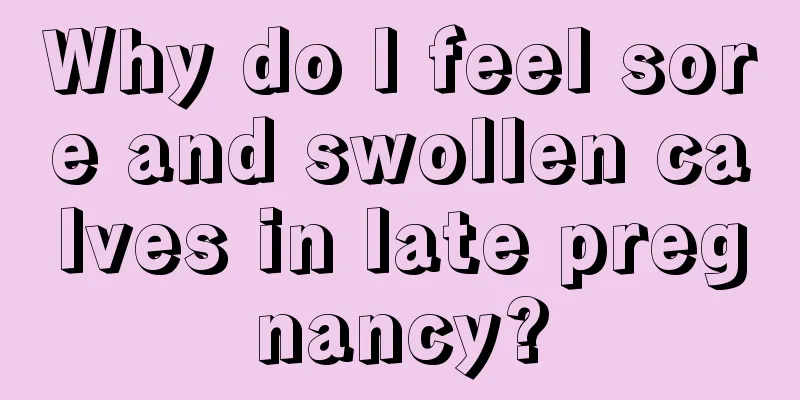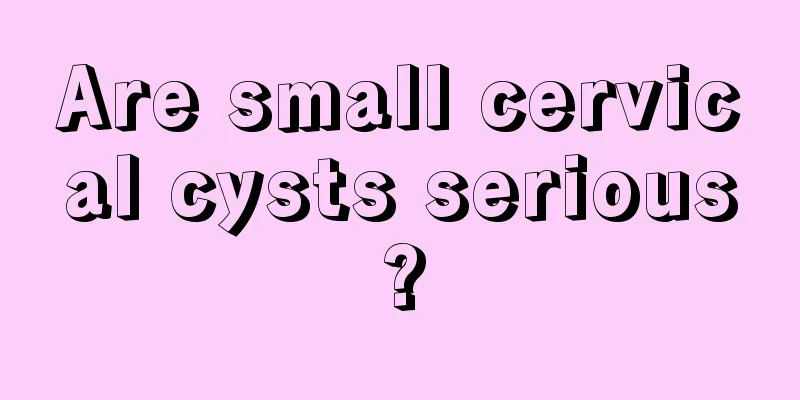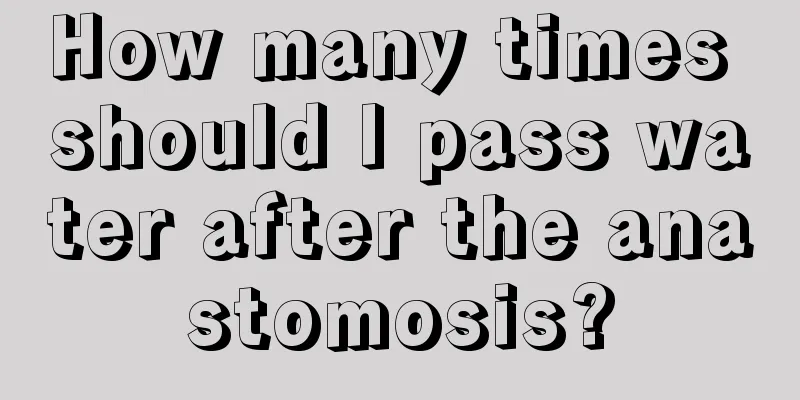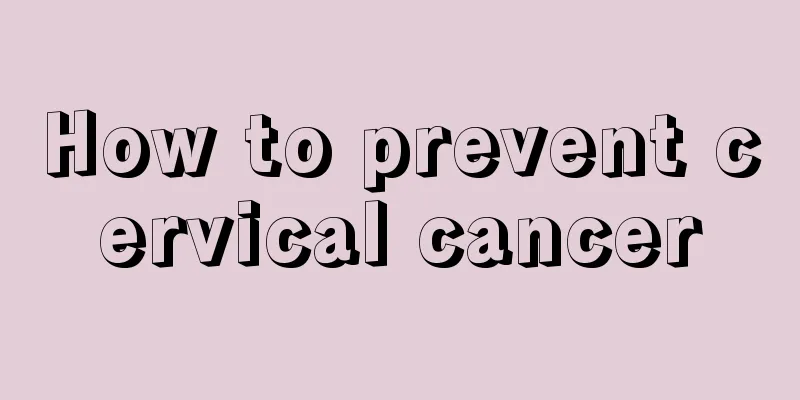How should polycystic ovary syndrome be treated?
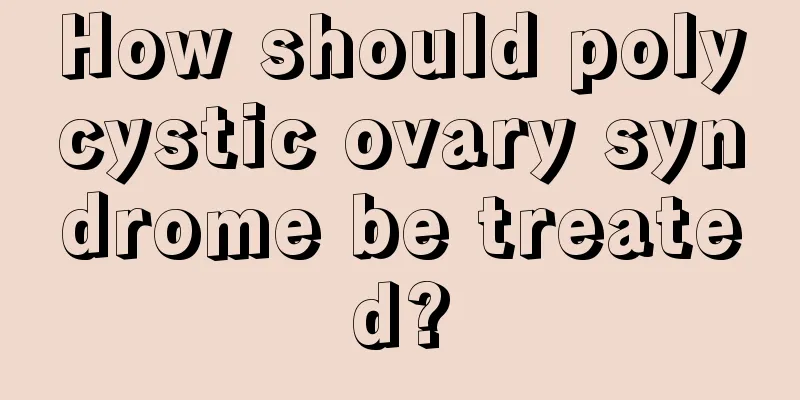
|
Polycystic ovary syndrome is a very common gynecological disease. Many people may not be unfamiliar with it, because many women in life today have suffered from the harm of polycystic ovary syndrome. In fact, this is a disease of reproductive dysfunction. This disease has three main symptoms: anovulation, excess androgen and insulin resistance, which can cause menstrual disorders and, in severe cases, infertility. So how should this disease be treated? 1. Drug treatment: The main purpose of PCOS treatment is to establish a normal menstrual cycle with ovulation, restore fertility, and eliminate hirsutism. Once a normal menstrual cycle is established, conception becomes possible, the ovaries no longer produce excess androgens, and the hirsutism disappears. Clomiphene is the treatment of choice for PCOS. Clomiphene can induce the hypothalamus to release gonadotropin-releasing hormone, which in turn promotes the pituitary gland to release follicle-stimulating hormone, promoting the normal development of follicles. Increased follicle-stimulating hormone concentration is the key to inducing ovulation in patients with PCOS. 2. Bilateral ovarian wedge resection: It is suitable for patients with elevated blood testosterone, enlarged bilateral ovaries, and normal DHEA and PRL (indicating that the main cause of the disease is in the ovaries). It removes part of the ovaries and eliminates the excessive production of androgens by the ovaries, which can correct the regulation disorder of the hypothalamus-pituitary-ovarian axis. However, the site of resection and the amount of tissue removed are related to the efficacy, and the effectiveness varies. 3. Treatment of hirsutism: You can cut the hair regularly or apply "hair removal agent" to it. Do not pull it out to prevent stimulating excessive growth of hair follicles. You can also use electrolysis treatment or androgen-inhibiting drugs. 4. Artificial menstrual cycle: For patients who do not have hirsutism and have no fertility requirements, progesterone can be given for artificial menstrual cycle treatment to avoid excessive proliferation and cancer of the endometrium. 5. Surgical treatment: including ovarian wedge resection and laparoscopic microsurgery. The above article introduces some methods for treating polycystic ovary syndrome, but you still have to choose the method that suits you based on your actual physical condition. If it is not very serious, you can choose conservative drug treatment and conditioning methods, but if the condition is more serious, then surgery or resection is required for treatment. |
<<: What causes women’s bloating?
>>: Is kiwi fruit really suitable for pregnant women?
Recommend
Can I masturbate during late pregnancy?
After a woman becomes pregnant, her body often un...
Where do egrets usually live? What kind of animal is an egret?
We often read the phrase "a line of egrets f...
Is laparoscopic surgery for cystic cyst painful?
The laparoscopic procedure for chocolate cysts is...
What to do if the fetus is in an abnormal position at 33 weeks
When a woman is in the later stages of pregnancy,...
The invisible killer - Candida albicans
Candida albicans, also known as Candida albicans,...
When is the best time to take milk-reducing medicine?
When the baby is about 1 year old, he can eat bab...
Women's urine suddenly turns red
Urine is an important excrement of the human body...
Is HPV positive after hysterectomy a big deal?
Will I still be infected with HPV after having my...
Treatment for constipation in women
Many people in life will suffer from constipation...
No discharge after five days of medical abortion but still with fetal membranes
If the fetus is still not completely expelled aft...
What should I do if a girl has hair on her belly?
Hair is something that should be quite common to ...
What kind of food should you avoid if you have a disease? Save this practical list
Expert of this article: Pa Lize, Chief Physician ...
Beijing will conduct a serum antibody survey on the new coronavirus population. What is the use of testing antibodies?
On January 31, Wang Quanyi, deputy director of th...
What should I do if the right fallopian tube is removed during ectopic pregnancy?
Due to various reasons, women often have problems...
Will multiple medical abortions make the vagina looser and larger?
The vagina is the most important part of a woman&...


